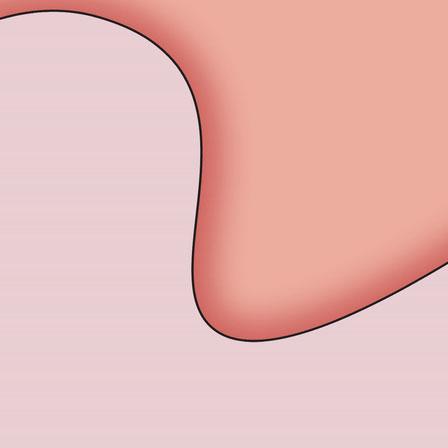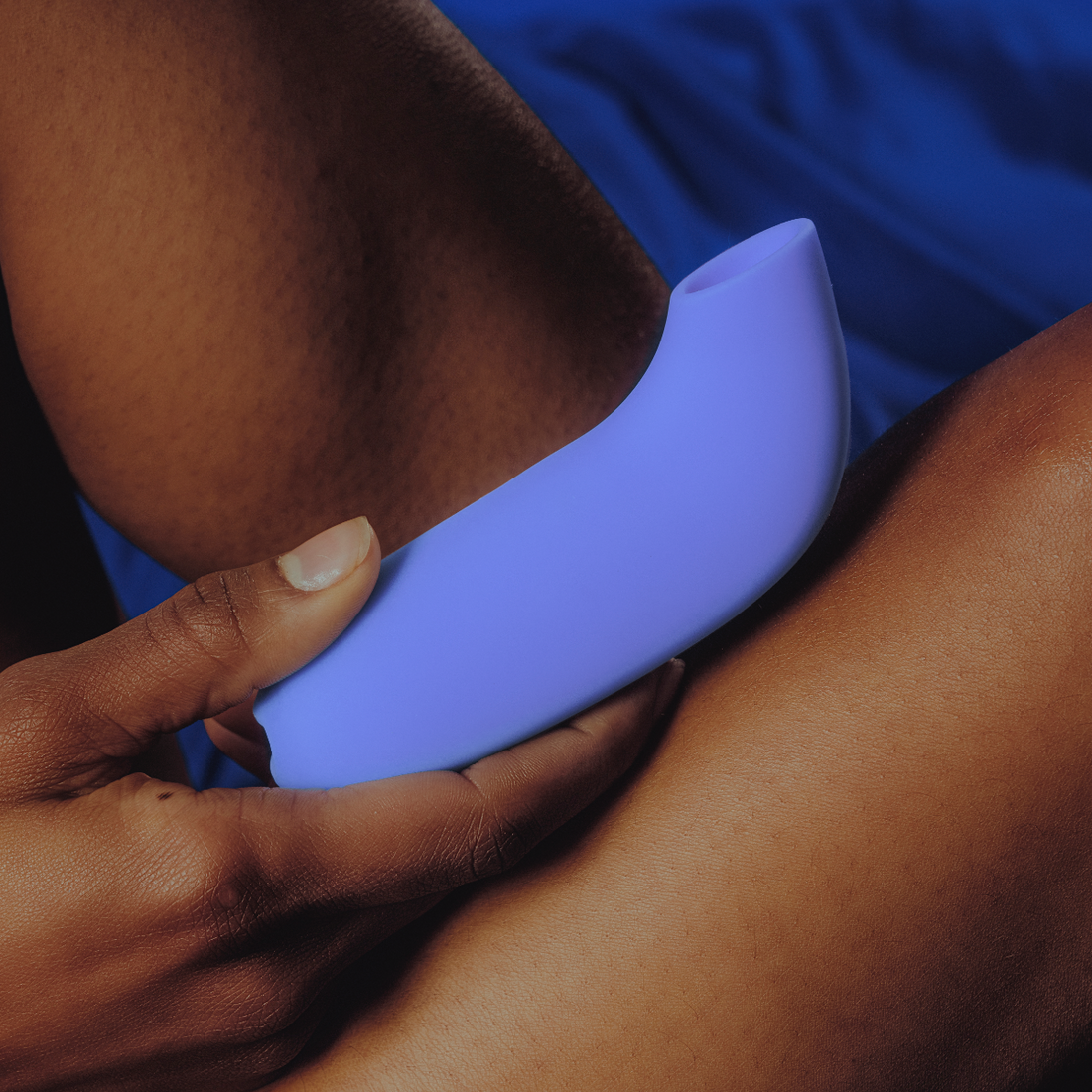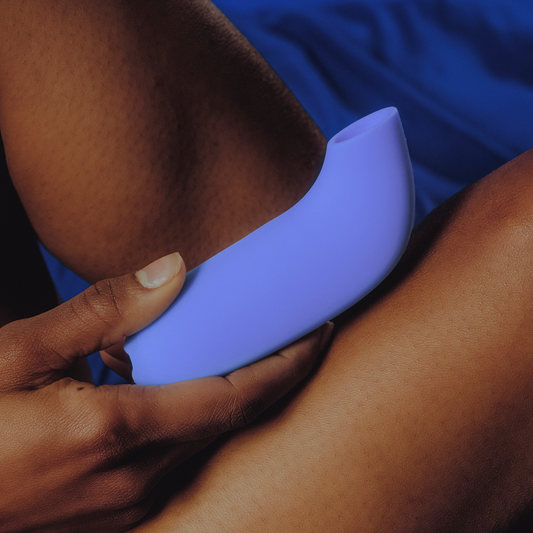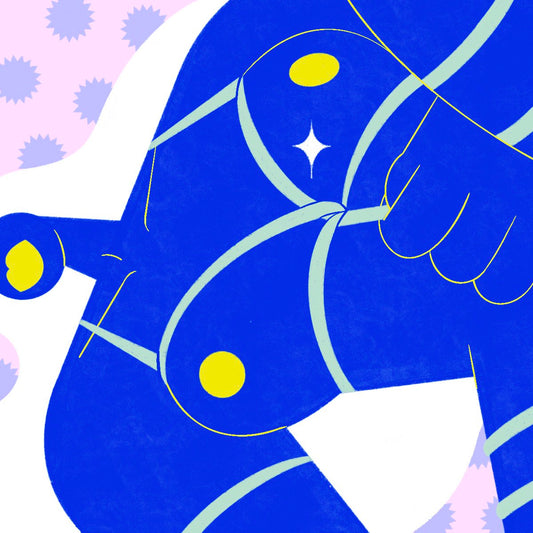Dyspareunia: Painful sex. The worst imaginable third wheel. Whether it was your first time, your every time, your 27th time, during pregnancy, postpartum, a different position, after a stressful day, when you were on your cycle – painful sex is not something we ever want to experience, yet around 60% of us have at some point in our life (1). This can happen for many, many reasons, ranging from our state of mind to hormonal shifts, pelvic floor dysfunction and beyond.
No matter the cause, painful sex is not normal. Not ok. And is no way to live the rest of your life because there is help! Being a physical therapist, I have the option to specialize in many different areas, but when I discovered the world of pelvic health physical therapy and the fact that within this pelvic health world are conservative treatment solutions for most cases of dyspareunia, there was no turning back. Let’s address a few common culprits of dyspareunia:
Muscle, man
The pelvic floor. Everybody has one, but not everybody has control of it. To quickly define the pelvic floor: It is a group of muscles that fill the base of our pelvis to support our organs, control continence (not leak poo, pee or gas), provide core stability, and participate in sexual function. They are busy. SO busy at times that they (the pelvic floor muscles) forget how to relax when it is time for vaginal penetration, and the result: vagina lockdown, or vaginismus.
Often this is linked to fear and anxiety surrounding sex, with or without a prior history of painful sex. Our brain is the control center for every move we make, feeling we feel, decision we decide, orgasm we orgasm (or not)… you get the point. If there is fear or a negative association with penetrative sex, our brain is likely to have a talk with our pelvic floor muscles and tell them to shut. it. down. when anything, especially a penis, dares to enter the vagina.
However, there can be cases when vaginismus is present without a negative relationship with sex. Diagnoses like endometriosis, painful bladder syndrome, other chronic pain disorders, or musculoskeletal issues causing pain can create a muscle control issue resulting in vaginismus. Meaning the ability to contract and relax the pelvic floor muscles voluntarily, is impaired. Our pelvic floor is a highly complex little team of muscles, which makes it very important to find the origin of vaginismus in order to treat it effectively.
Scar tissue issues
Scarring as the result of a cesarean section incision, a vaginal tear or episiotomy experienced during delivery, surgical procedures, endometriosis, and the like, can contribute to the occurrence of dyspareunia. Scar tissue is the result of trauma to the body which responds by basically creating a collagen rave, but without the music or laser lights - disorganized, crazy, and collagen is everywhere.
In the body’s repairing process, scar tissue will cling to anything it can in order to heal, stabilize and protect that area, often making its way to organs and other tissue causing impairments in muscle and organ function, which can contribute to painful sex.
On top of the restrictive nature of scar tissue, we also have the development of new and extremely sensitive nerve endings at the site. It’s no wonder then if you experience painful sex and have a history of surgical intervention or a disorder that creates scar tissue growth, this could be one of the sources, if not the source of your pain.
Not-so-horny hormones
Can’t live with them, can’t live without them. Hormones play a huge role in all things sex. No surprises there. They affect our vaginal lubrication processes, libido, muscle strength and elasticity. If you are a breastfeeding mama, stressed out CEO, perimenopausal athlete, or a sleepless writer, there are likely some hormonal issues at play contributing to the experience of painful intercourse.
Estrogen, progesterone, testosterone and cortisol are the four main hormones contributing to our ability to have pain-free sex. Each phase of life brings about shifts in the hormone balancing act, so to keep it as even keel as possible, these four not-so-simple tips are key:
- Manage your stress
- Maintain a healthy diet
- Exercise
- Get enough sleep
SO easy (insert nervous laughter emoji). Alright, here’s a more realistic list of recommendations to implement when attempting sex with a hormone imbalance:
- Foreplay (we should all do this anyway): This will get you in the mood to groove, improve your vaginal lubrication, bring blood flow to the pelvic floor musculature allowing greater mobility, and less room for pain.
- Using a lubricant in addition to what your vagina has produced will help decrease friction and irritation as this could be one of the possible causes of painful sex.
- Use a non-toxic lubricant. Non-toxic because there are all kinds of harmful chemicals in most personal lubricants which can be abrasive to the vaginal tissue causing pain.
- Communicate your needs: Where does it feel good, what position, depth, speed - what do you need in order to be pain-free? Let your partner know.
These are very generalized recommendations, but a great place to start if you feel your issues with painful sex originate here. If you are able to participate in sex without pain, and climax, you will actually be on your way to achieving three out of the four tips provided in the first list (or four out of four if you like to enjoy a side salad with your sex).
The good news
Dyspareunia can come in all shapes and sizes and for many other reasons I did not address here. No matter the cause, it is important to understand that there is successful conservative treatment available, regardless of how long you have had symptoms of painful sex. By addressing impairments in behavior, muscle control and elasticity, structural alignment, scar tissue, and hormone balance, painful sex can eventually become a thing of the past.
If you found yourself relating to any part of this post, please seek out the help of a skilled provider specialized in conservative management of sexual dysfunction. You can locate a pelvic health physical therapist in your area by going here.
References:
- Heim LJ. Evaluation and differential diagnosis of dyspareunia. Am Fam Physician. 2001;63:1535–1544.




























